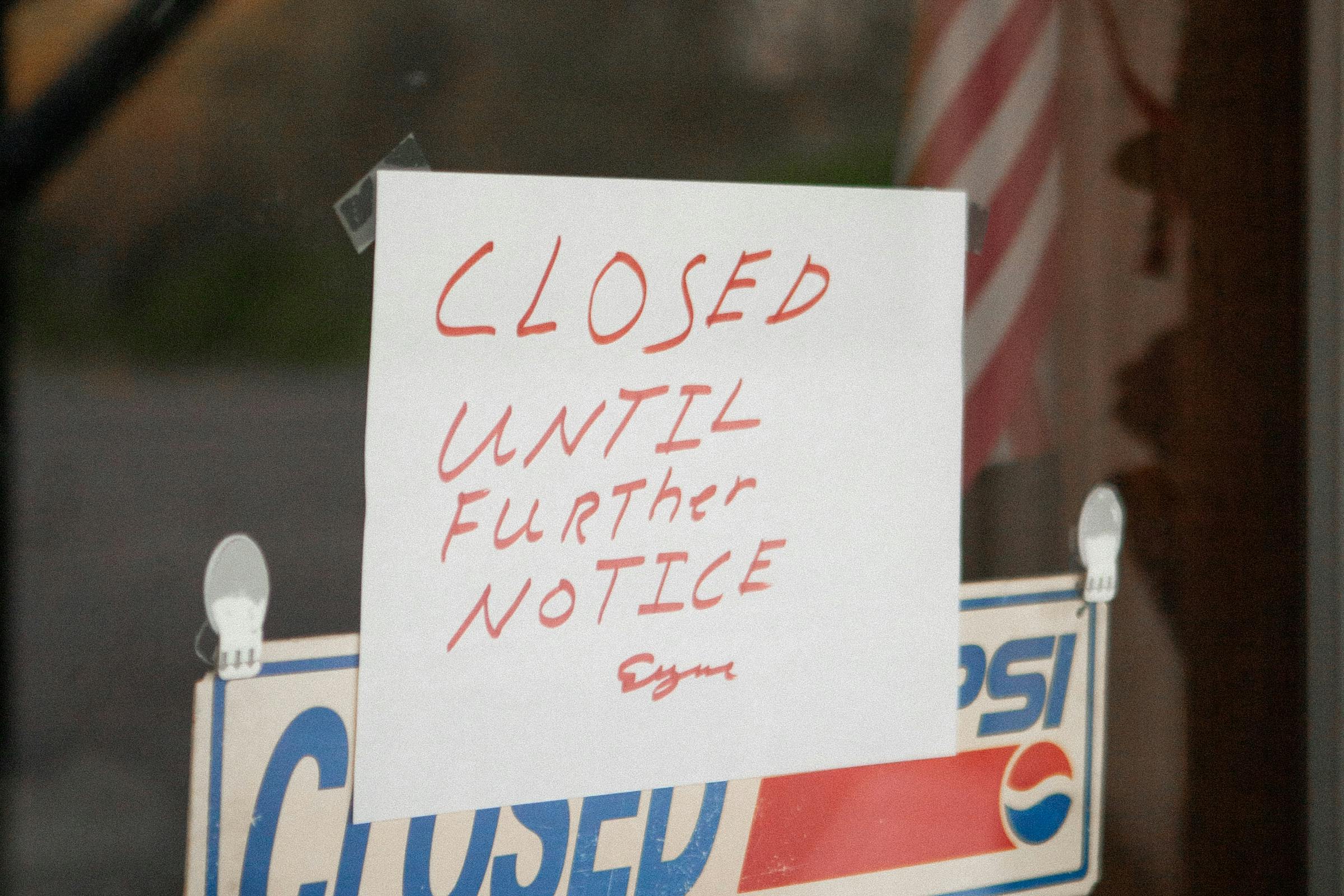Why People Apply For Green Cards
Green Cards give holders the legal right to live and work gainfully in the United States. The length of stay is indefinite. In other words, it’s not limited but isn’t permanent because it has stipulations attached.
Individuals with a Green Card don’t need to apply for work authorization to start a new job, as one must do with an H-1B visa. If they change jobs, they don’t have to request additional documentation from the government, as with an H-1B visa transfer.
Green Card holders can travel in and out of the country without permission. However, if you are living in the U.S. under this document, you can’t leave the country for more than six months without risking the loss of your Green Card and permanent resident status.
Green Cards and Citizenship
Many people think that once they have a Green Card, they are automatically U.S. citizens. This is not accurate. The Green Card stipulations state that you can’t become eligible for U.S. citizenship until you’ve had this document for five years.
You can sponsor relatives who meet the eligibility criteria to apply for their Green Cards during this time. However, the Green Card process is a lengthy and complex one. There’s no guarantee that the time and money spent attempting approval will result in a granted Green Card.
With careful planning and help along the way from someone who knows what they’re doing, like Visa2US, you have a better chance of moving yourself from an H-1B to a Green Card and your loved ones to successful approval.
The H-1B Expiration Details
When you’re granted an initial H-1B visa, you get an I-94 card that tells you when it expires. Typically, this is three years after the visa start date. If there are no issues, you can extend the expiration for a total of six years.
If you plan to stay in the U.S. longer than six years, you’ll need to work toward your Green Card or a visa renewal. The only caveat to this rule is if you work in the country with the same visa sponsor. Otherwise, if none of these are applicable to you, you’ll need to leave the country when your visa expires.
Keep in mind that applying for a Green Card is a lengthy process. It can take months, and occasionally years, to go through the entire timeline. It’s vital to start the steps as early as possible to avoid overlapping your Green Card application and your visa expiration. You may be able to remain lawfully in the U.S. with a “pending” Green Card application or an approved I-140 petition, even with an expired H-1B.
What You Need for a Green Card
The requirements to obtain a Green Card vary depending on the category you’ve filed under. There are multiple paths to this permanent residency, including family and employment. Here are some of the most commonly obtained Green Cards.
E-B1: First Preference Immigrant Worker
To obtain this document, you must have an extraordinary ability in the arts, education, athletics, science, or business, be labeled an outstanding researcher or professor, or be a multinational executive or manager with specific criteria.
E-B2: Second Preference Immigrant Worker
This label applies to those who are members of professions in which advanced degrees apply, and you have the degree or an exceptional ability in those professionals. You may also be seeking a national interest waiver to obtain an E-B2.
E-B3: Third Preference Immigrant Worker
This category applies to skilled workers in positions requiring at least two years of training and work experience. It also applies to professionals holding a U.S. bachelors degree or a foreign equivalent who are also members of the profession. However, occasionally, it includes unskilled workers with less than two years of training and experience who want to perform unskilled labor.
E-B4 and E-B5: Other
The E-B4 includes a variety of individuals, from religious workers to U.S. Foreign Service employees. The E-B5 applies to individuals with an investment of $900,000 or more into a U.S. business that employs at least ten people.
Making the Move From an H-1B to a Green Card
Simply meeting the time requirements isn’t enough to move to a qualified Green Card. You must follow the process, which requires strict protocols, from sponsorship to evidence and documentation. We’ll line out the basic structure of this process here:
● Start with a sponsoring employer, either your current H-1B status employer or a new one with a PERM Labor Certification, Application for Employment Certification, and Immigrant Petition for Alien Worker. This employer files the Green Card through H-1B petition on your behalf. Your legal representative can guide you through the path to obtain each of these documents if necessary.
● At the arrival of your priority date, you’ll need to apply for an Adjustment of Status with the I-485 form. This requires substantial information, including your demographics, immigration history, identification, travel dates, previous addresses, and employment history for the past five years. You’ll also need to include information about your parents and nuclear family, any criminal acts or violations, and other security and related information.
After you file Form I-485, you’ll need to obtain a travel permit before you leave the U.S. borders. You’ll be scheduled for an appointment at the nearest Application Support Center, where you’ll provide them with biometrics to verify your identity. The center will then conduct background and security checks as necessary.
Should you miss the appointment or refuse to sign the acknowledgment form that all information you’ve given is accurate, your I-485 will be rejected.
Next, you may be requested to attend an interview, during which you’ll be questioned about the information you’ve supplied. Bring any documents you have that could support your application. If the government requests more evidence, you must supply that information before your application will move forward.
When they have everything they need to make a decision, the USCIS will notify you in writing. You’ll be sent an approval notice, and your Green Card will follow. Or, if the application is denied, you’ll be sent a written letter explaining the reasons why, and whether you may appeal.
The Details on Green Card Dates
The Green Card process takes time to complete, mostly due to the wait time requirements. Once you file the family sponsorship form, you may need to wait two years before filing for a Green Card application. After a successful receipt of your Green Card, you’ll have ten years to live in the country before it needs to be renewed.
The card can be renewed as often as you want as long as you remain eligible, but its permanency is contingent on your eligibility and consistent renewal.
What’s Next?
The H-1B visa to Green Card application process is lengthy enough. You don’t want to extend this wait by making mistakes that cost you filing fees and more time. Find someone trustworthy to help you make a successful petition for a Green Card, like Visa2US. We’re ready 24 hours a day to help you get your Green Card.














